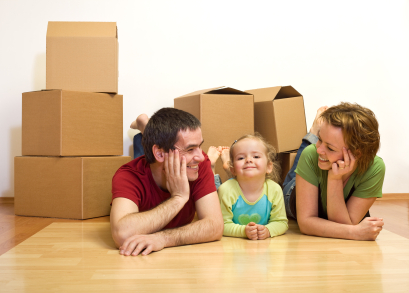Moving provides many stressors that can take an already difficult situation and make it even worse. People, in their lives, will have to move several times and for a wide variety of reasons. It might be for a new job or just for a bigger to meet the needs of a growing family. Some look at a moving as a positive and a restart or new beginning. Whatever the reason, it’s always hard for us to part with the trappings of the past. When we’re forced to make that decision we, far too often, keep things that no longer have use to us. It’s important that, during your next move, you ask yourself some hard questions to figure out if your belongings are really worth weighing you down.
It’s hard to make that choice and it’s even harder when faced with throwing things into a pile and then picking out what you’ll keep. It’s most effective to break it down into three, mentally and physically, categories to make for a smooth decision making process.
Essential:
These are items that you absolutely need. Things that, if you got rid of, you’d just have to buy again. Things like, couches, appliances, electronic equipment, tools, your children’s furniture, precious heirlooms, and other essential items.
Desirable:
These are things that, you may not need, but you really want to hold onto. This could be an old baby bed/clothes, toys that you children had when they were little (you might want to hold onto these things for sentimental reasons), a collection of magazines, old furniture, ect. This stuff is made up of a collection of things that are probably in your basement. Stuff that isn’t really being used but you couldn’t quite part with either for nostalgia or sentimentality.
Non-Essential:
This stuff is either junk or ancillary to any thing that’s actually useful. This could be old stuff that you had from before you were married or a bunch of old items that you didn’t feel like throwing away. Non-Essential items could be anything. It’s just stuff that you don’t need and should probably get rid of.
First of all, don’t get bogged down in decided how your stuff goes into which category. Sometimes this can take longer and it’s not easy to divide up everything you have into a section but it’s important to do so for a smooth moving process. It’s best, without thinking about it much, to take most all of your non-essential items and just throw them away, sell, or donate them. There’s no point in holding onto a bunch of stuff that just isn’t worth the price of shipping or moving. Get rid of it and move on. It’s at that point that you can start whittling away and the stuff you can and can’t take with you.
If you’re moving over a long distance then you’re dealing with a limited space. If it’s a one-way trip then you likely can’t take everything with you. Take your essential items and desirable items into consideration and, from these two piles, you’ll have to decide what stays and what goes. This is not an easy decision but consider keeping the things that just can’t be replaced. You can get a new couch but can you get another rocking chair that was made by your grandfather? Asking yourself these kinds of questions makes for a easier selection process. You don’t want to throw away precious memories but you also don’t want to hold onto things that are tying you down and restricting your space.
For those who aren’t moving far away, there’s always places, like Calgary self storage, that you can keep those things you don’t want to get rid of but you don’t necessarily have the room for. This is especially helpful for parents that don’t want to part with the past trappings of their children’s younger days. Consider using self-storage facilities as a way to keep these precious memories without cluttering your house with items that will only take up space.
Considering all of the factors at play when moving will help you greatly in having a smooth and easy transition and relocation. Don’t get overwhelming when trying to decide what item goes where. Our possessions are representations of a time in our past and many feelings can be involved when we’re forced to keep or discard something. This emotional connection is what leads people to become packrats. Just realize that you’re not getting rid of a memory if you’re getting rid of an item from your past. It’s easier if you look at it this way.
Originally posted on June 30, 2011 @ 10:44 am
